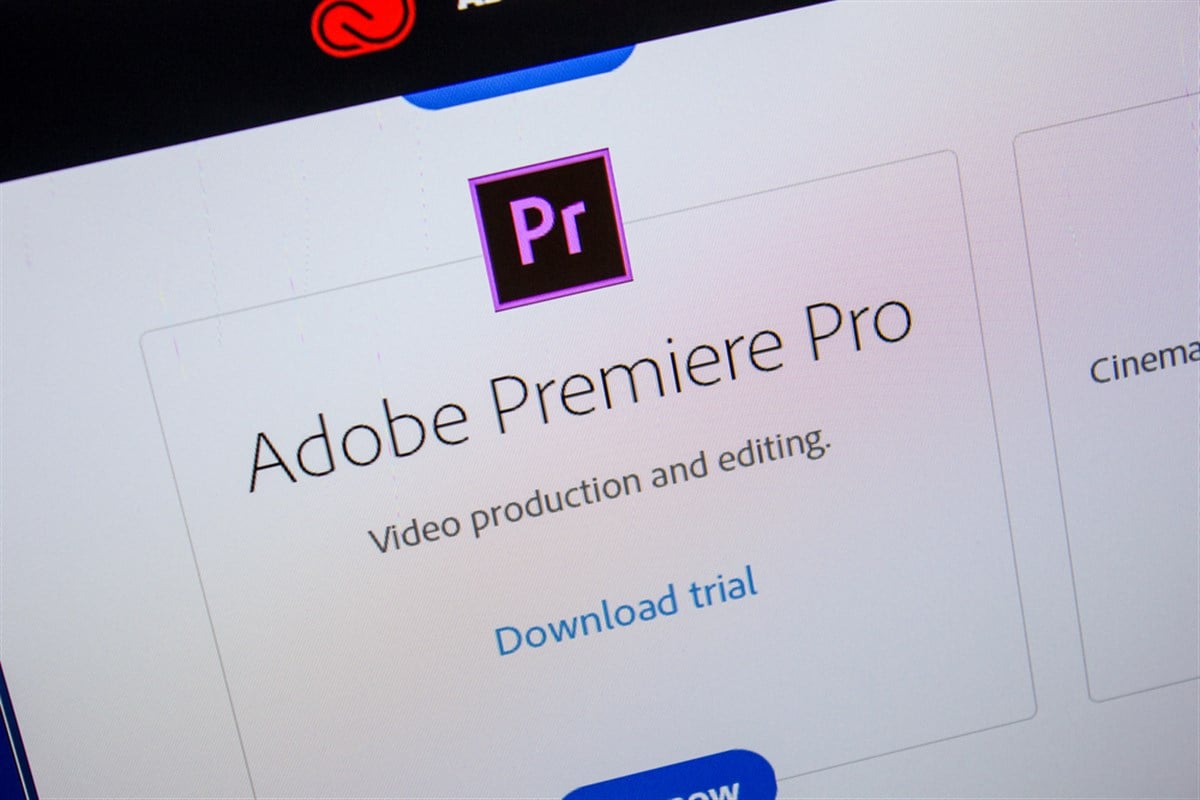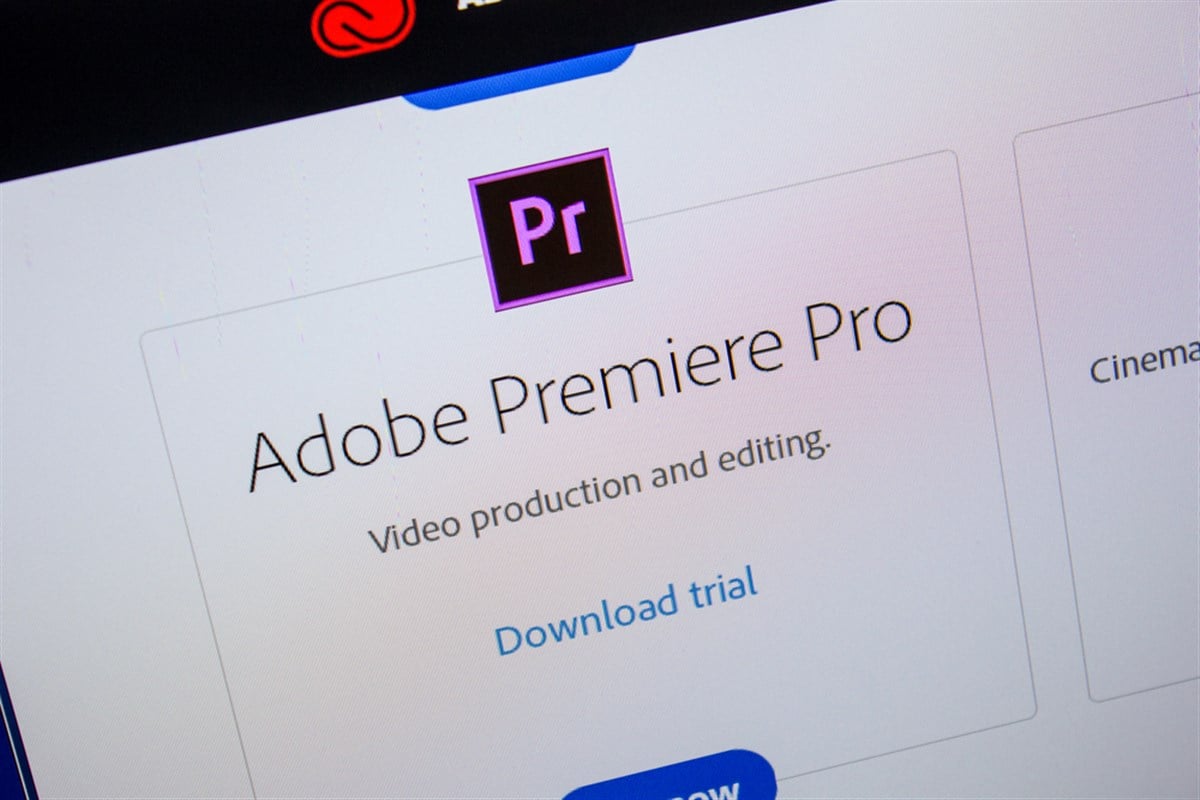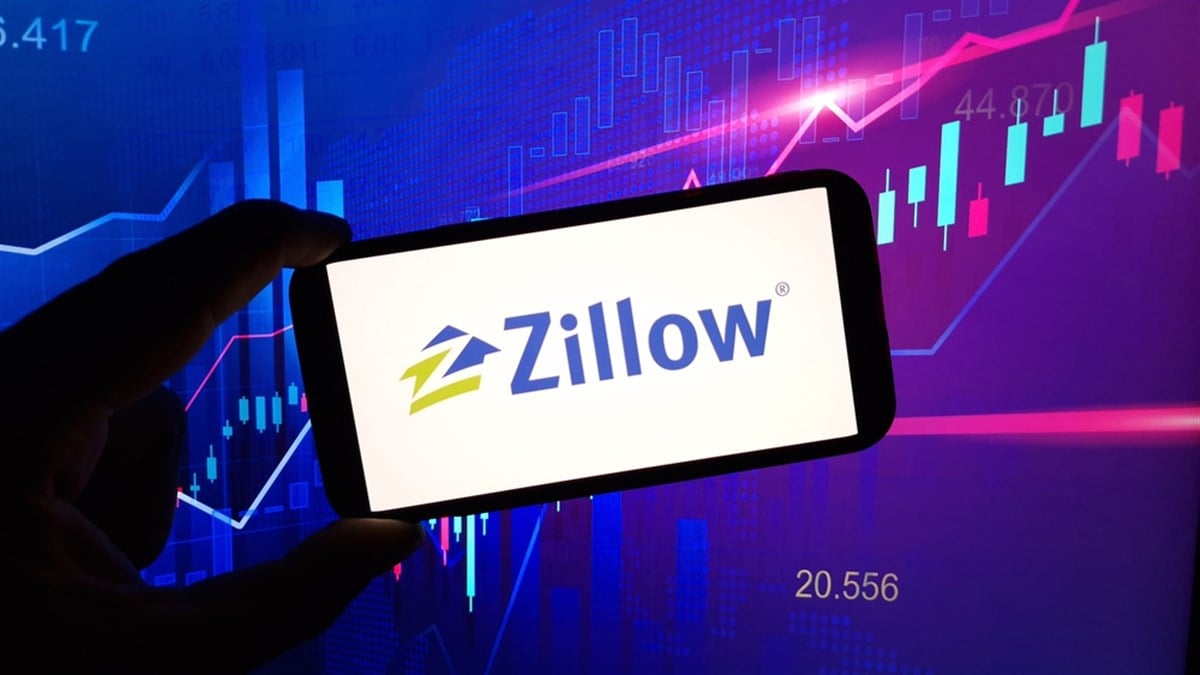Adobe Launches Premiere Pro on iPhone, Upside Ahead?


The digitization of the economy is accelerating, and more business owners are beginning to realize that having an online or social media presence is one of the most critical factors for success in this new digital landscape. That is precisely where companies in the technology sector are set up for success, as long as they directly aid in this rotation, and one of them is offering investors a fantastic risk-to-reward opportunity for the coming quarters.
Shares of Adobe Inc. (NASDAQ: ADBE) have fallen to just 62% of their 52-week highs, opening the door for two potential investor advantages. First, the downside risk appears limited, with much of the bear case likely already priced in. Second, this creates meaningful upside potential, as Adobe has room to rebound and potentially retest its previous highs.
However, a clear catalyst is needed to unlock this upside—and Adobe’s management seems well aware of it. By expanding its footprint into the Apple App Store, the company has brought its flagship video editing software, Premiere Pro, to the iPhone. The move puts Adobe in direct competition with existing mobile editing apps, though few can match the professional-grade capabilities and creative ecosystem that Premiere Pro delivers.
A Few Moats to Consider for Adobe’s Business
There are many apps on the market for video editing and media content packaging, so investors often wonder what makes Adobe unique and sets it apart from the competition. The answer is the same as to why people don't like the idea of switching from an iPhone to an Android, even if the technology could offer them more benefits.
Switching operating systems means relearning how the entire device works and what it can or cannot do. In this sense, switching from Premiere Pro to a different software requires a learning curve that most professional content creators cannot afford to take on. This simple (but powerful) moat is evident in the company's financial statements.
Starting with gross profit margins, Adobe’s results for the last months show investors a 89.1% margin, which is driven by two main factors. The first is the company's transaction-based model, which creates a steady and predictable stream of income that is likely to persist due to the intangible costs associated with switching software.
The second is the low-cost nature of the business. Once Adobe lays out capital expenditures for cloud and development purposes, the product is essentially already in place, and there are no further major capital expenditures until a new version or improvement is rolled out.
All of this efficiency trickles through the business, resulting in a net income margin of 30% to support healthy earnings per share (EPS) growth in the future. This new move into the App Store means more of the same: high margins and high cash flow conversion for value creation. Here’s what it means for shareholders.
Mobile-to-Desktop Conversions Could Drive Higher Revenue
By expanding into a new, mobile-first user base, Adobe is opening up an entirely new addressable market, positioning itself for continued growth. Users engaging with Adobe tools on the iPhone are likely to discover the limitations of mobile functionality—potentially triggering an upsell cycle as they explore more powerful features available on desktop or through Adobe’s broader app ecosystem.
If this mobile-to-desktop conversion trend plays out, it could lead to higher revenue per user, translating to stronger EPS growth and ultimately higher stock prices. This potential may be reflected in the current Wall Street consensus price target of $433.41, which represents a 23% upside from current levels—and helps explain why some analysts remain confident in raising that bar.
Gil Luria from DA Davidson predicts Adobe stock will reach $500 per share, representing a 42% potential upside for the coming months. Now, returning to the risk-to-reward ratio setup in Adobe, investors can see that the pendulum is currently swinging in favor of buyers.
Over the past month, Adobe’s interest fell by 3.4%, a direct sign of bearish capitulation going into this App Store launch. More than bears closing down their positions, the broader markets are sending a subtle message to retail investors who are willing to listen.
Because Adobe trades at a price-to-book (P/B) ratio of 12.5x today, it commands a premium over the rest of the computer sector’s average of 7.5x, which is justified due to the high margins and new expansion paths Adobe is looking to develop now.
With double-digit upside still on the table, Adobe’s risk-reward profile looks both clear and compelling for investors seeking a balanced entry point.
Learn more about ADBE


